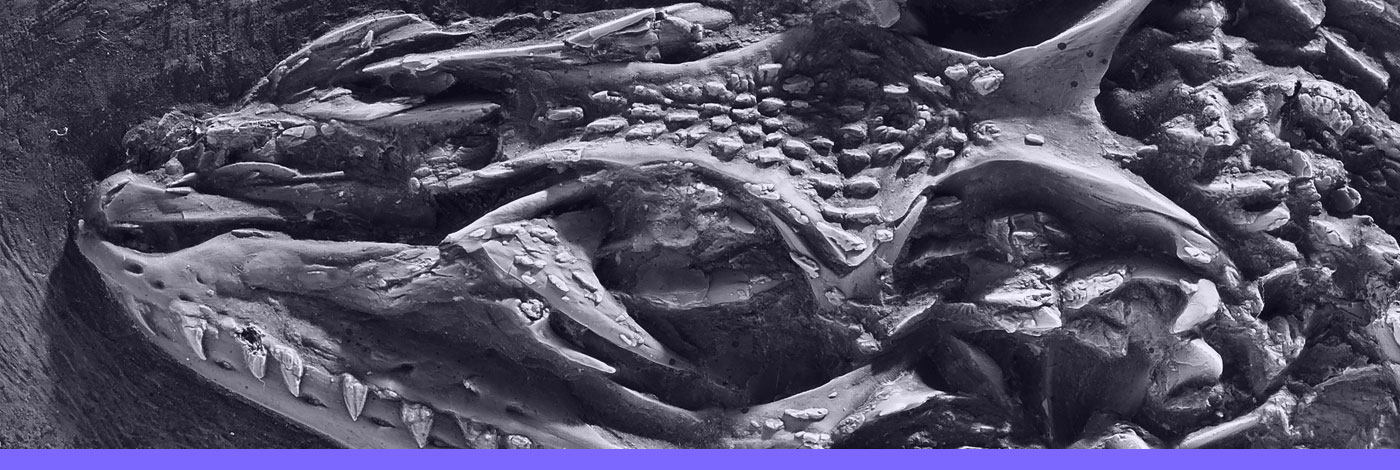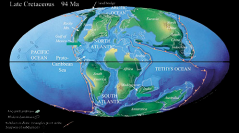

 Comptes Rendus Palevol
1 (6) - Pages 415-438
Comptes Rendus Palevol
1 (6) - Pages 415-438This paper will address mainly industrial aspects of sequence stratigraphy since the seventies: new advances in seismic marine acquisition and large efforts for margins exploration, provided continuous 2D set of data, from platform environment to deep marine basins, revealing the importance of non-deposition periods. The seismic stratigraphy then allowed the development of the sequence stratigraphy at the end of the eighties and during the nineties. At the end of the eighties, a crucial need was formulated to quantify geology. The solution has been the use of sequence stratigraphy, as it was proven later that this tool was the key for understanding and then for prediction.
seismic stratigraphy, sequence stratigraphy, reservoir characterisation